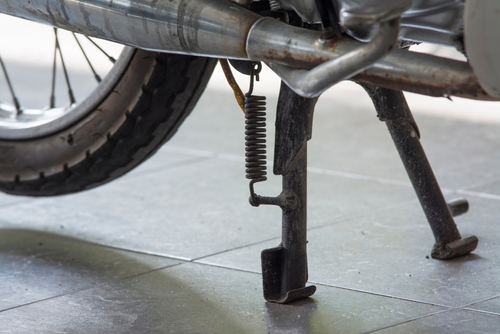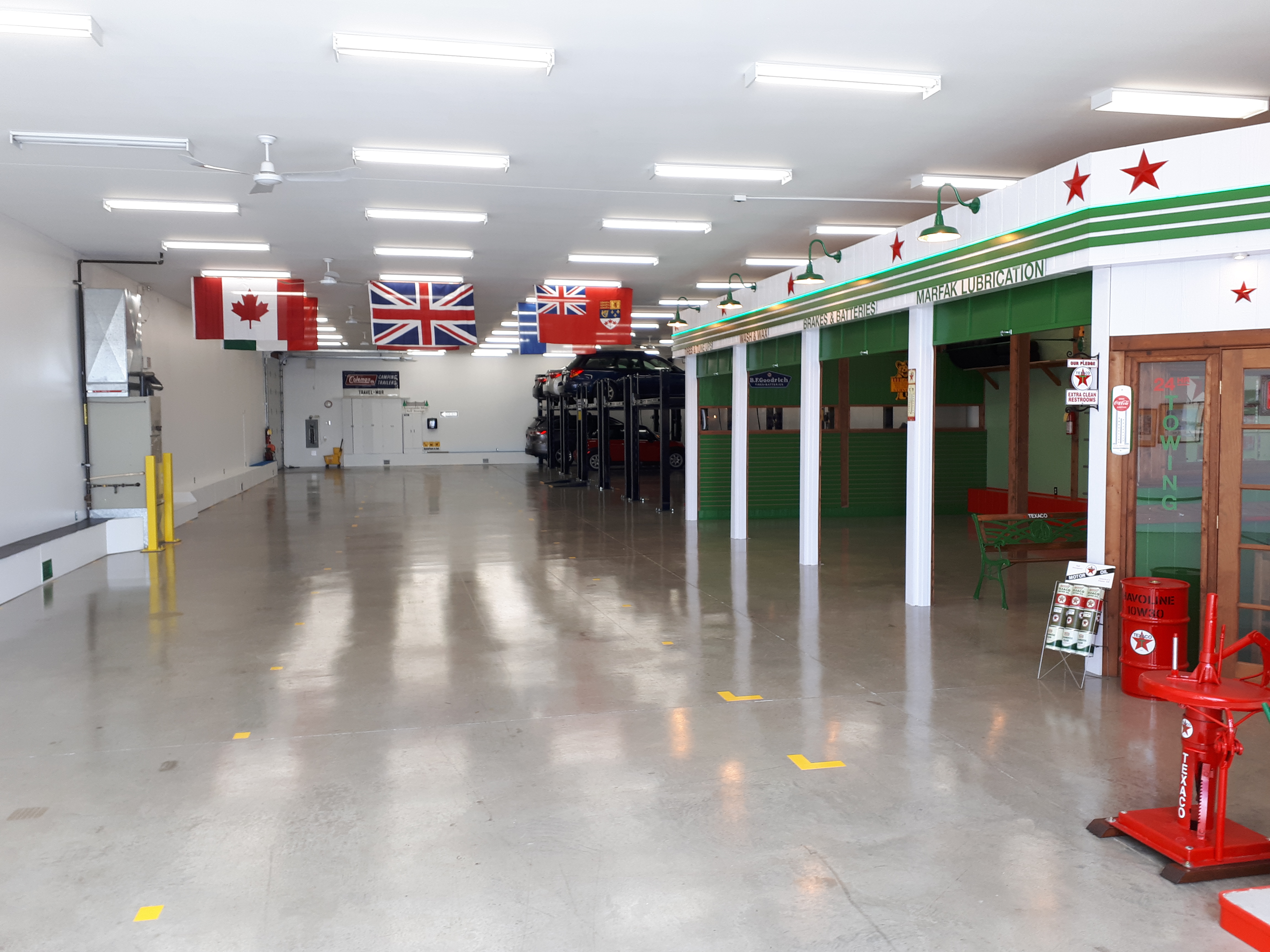

How To: Storing a Motorcycle for Winter
With winter fast approaching, motorcycle owners need to start getting ready to store their bike for the season. Experienced motorcycle owners will tell you that properly storing a motorcycle is an important part of getting the most our of the vehicle, and keeping maintenance costs down. There are many winter motorcycle storage options available if you don’t have space in your garage, such as a motorcycle storage unit like the ones we offer at Acceptable Storage. For new motorcycle owners, this article will help you protect your bike from the harsh winter elements.
Prepare Your Motorcycle for Winter Storage
There are a few steps you will need to take to winterize your motorcycle and get it ready for storage. Since the bike is going to be sitting with little-to-no use for a few months, taking care of the maintenance of your bike will keep your parts working in top shape when you start up in the spring.


Preserve Your Battery
Don’t leave your battery plugged in and sitting over the winter. If you have a motorcycle-specific smart charger, keep the battery plugged into it. For those that don’t have one, it would be a good idea to pick one up as it will extend the life of your battery. If you need to remove the battery from the bike entirely, be sure to disconnect the negative cable (with a “-“ sign, usually black) first to prevent electrical sparks. If the battery is an old lead-acid type, then check your battery’s electrolyte level and top it up with distilled water if necessary. Never top up these batteries with acid.
Fuel Stabilization
Gas in the tank that is left to sit for more than a month will start to lose the volatile component to evaporation which can damage your fuel system in the worst-case scenario. To keep this from happening, fill your tank until it is nearly full. You want to leave some space in case of any expansion of the fluid. Keeping the tank full will prevent water vapour in the tank from condensing on the inside and causing rust. Then, add a fuel stabilizer to the tank to prevent fuel evaporation. If your motorcycle has carburetors, make sure to drain the float bowl and don’t refill it until you plan to use the bike again. Make sure the fuel switch is off or not left in the prime bypass position. When the gas in the float bowl evaporates after sitting for an extended period, it leaves behind a coat of residue that can clog the internal fuel jets. This means it will take more time, money and effort to get the motorcycle running in the spring.
Lubricate Your Cables
Your cables should ideally be lubricated once every year. So what better time to do it than when you’re preparing your motorcycle for winter storage? Buying a cable-luber, a high quality lubricant and a shop rag can make this whole process much easier.
Change Your Oil
It may seem counterintuitive to change your oil in your motorcycle if you aren’t going to be using it for a while but doing so during the winterization process is an important way to protect the internal components of your engine. As oil is used, acidic by-products start to form. When they are left to sit in the engine, these by-products will corrode the internal components of the engine. Make sure to warm your engine before changing the oil so that it can drain more easily, and also rotate the engine a few times to get the fresh oil circulating through the system.
Check Your Coolant Levels (If Applicable)
If your motorcycle is liquid-cooled, make sure to check the coolant level on the expansion tank. If it’s low, fill it to full with a 50/50 mix of coolant and water. In the off-chance that your coolant hasn’t been replaced in a while, consider flushing it and replacing it.


Let Your Tires Relax
Letting your bike sit in its tires for too long can lead to flat spots that make riding a bumpy affair. If your bike has a centrestand, put your motorcycle on it and support the front wheel with a jack stand or a block of wood. If your bike only has a side stand. Inflate your tires to about 10 psi above the recommended pressure, and take some time every now and then to move the bike around to rotate the tires.
Check Your Exhaust
Some motorcycle exhaust systems have a weep hole at the lowest part so condensation can drain out. Over time, these weep holes can get plugged up with exhaust residue, dirt and debris. When this happens, water can’t escape the muffler which will lead to rust on the inside. Poke through the weep hole with a pointy object to open it up. It’s also a good idea to plug the end of the muffler with an oily rag or an exhaust plug. This can help keep small animals from making their nest in your exhaust system.
Store Your Motorcycle in a Warm Location
It’s best to store your motorcycle for the winter in an indoor, heated environment. Temperature fluctuations and extreme cold can damage the plastic and rubber bits on your bike, and can lead to rust-forming condensation. If you must store your motorcycle outside, make sure it has a cover that keeps snow and water from getting underneath. Outdoor motorcycle storage is not ideal, even when all protective steps have been taken. So if you don’t have indoor space at home, we would recommend renting a heated motorcycle storage unit for the winter months.


Store Your Motorcycle for the Winter at Acceptable Storage
Acceptable Storage now has Ottawa’s premier indoor heated motorcycle storage facility through Ottawa AutoVault. Our storage units are temperature and humidity controlled and secured with motion detection security systems as well as 24/7 security personnel on site. Our units are made to store classic cars and motorcycles in an environment that keeps them in top shape. If you’re looking for a motorcycle storage unit for the winter, the contact us today. Units are going fast!
